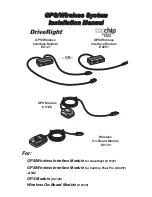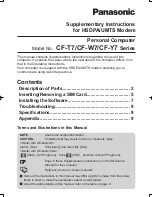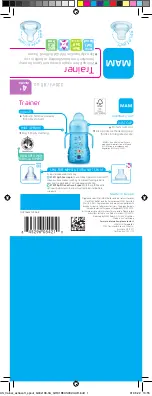
F in relation to this. The sender must have a clear view of the receiver, with no ob‐
ject in the path of the beam. You must ensure that the optical openings (front
screen) of the sensors are completely clear.
Optimized alignment can be achieved and verified by using the signal strength light
bar located on the back cover of the sensor. The LEDs on the light bar will illumina‐
te corresponding to the strength of signal received by the sensor. When no or only
red LEDs are illuminated, the sensor is receiving no or too little signal to switch the
output. The first yellow LED will illuminate at the minimum switching threshold and
the green LEDs will continue to illuminate as the received signal increases [see
Graphic E].
0 %
100 %
0 %
100 %
0 %
100 %
0 %
100 %
0 %
100 %
Image: E
5
Sensor which it is not possible to set: The sensor is set to factory settings and rea‐
dy for operation.
Refer to graphics C and G to check the function. If the switching output fails to be‐
have in accordance with graphic C, check application conditions. See section Fault
diagnosis.
Receiver
Receiver
Sender
Sender
Sender
Receiver
Image: F
Sensor with potentiometer:
The sensitivity is adjusted with the potentiometer (type: 270°). Clockwise rotation:
operating reserve increased; counterclockwise rotation: operating reserve reduced.
We recommend setting the potentiometer to "Maximum."
The sensor is adjusted and ready for operation. Refer to graphics C and G to check
the function. If the switching output fails to behave in accordance with graphic C,
check application conditions. See section Fault diagnosis.
COMMISSIONING
3
8017854 | SICK
Subject to change without notice
3





































